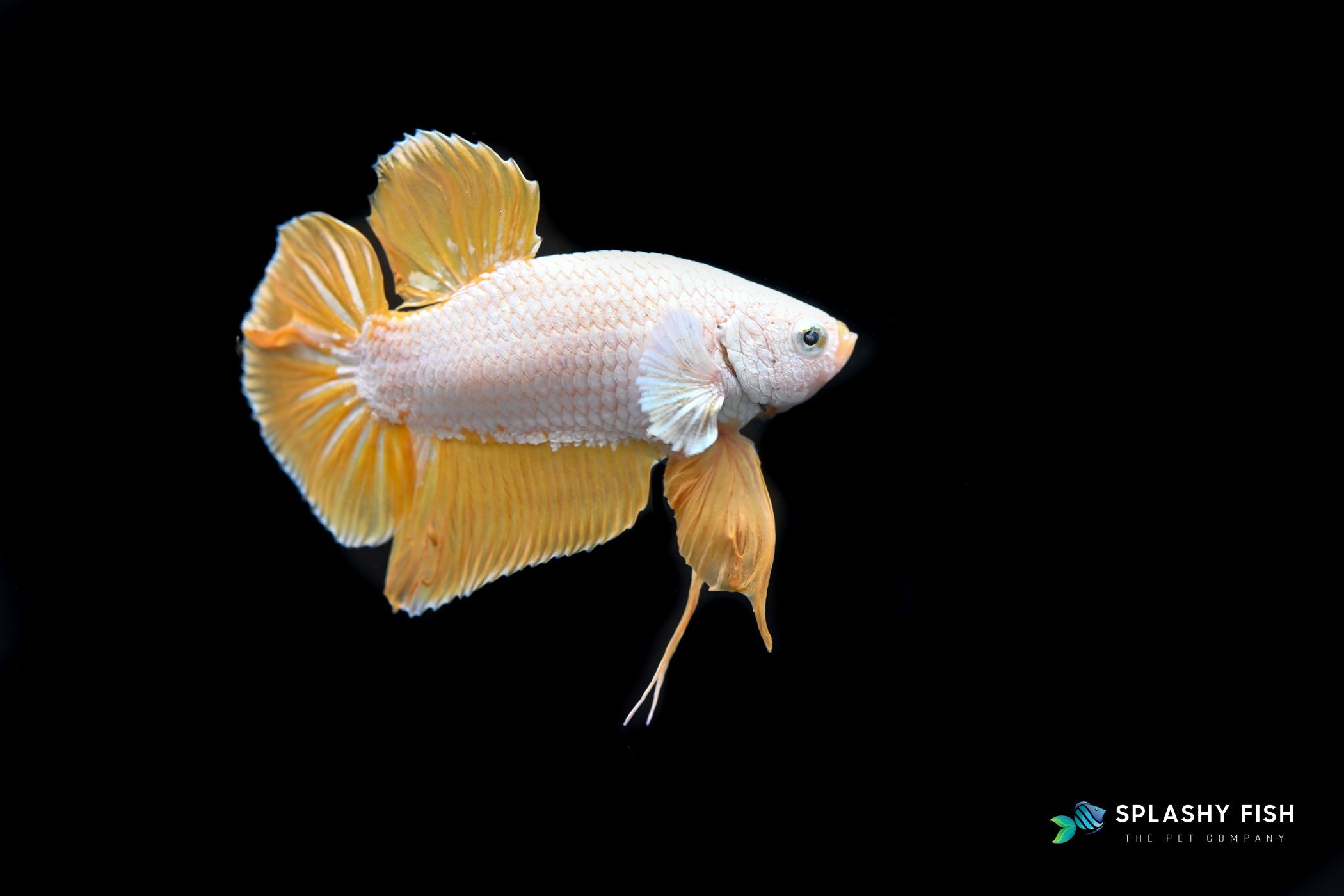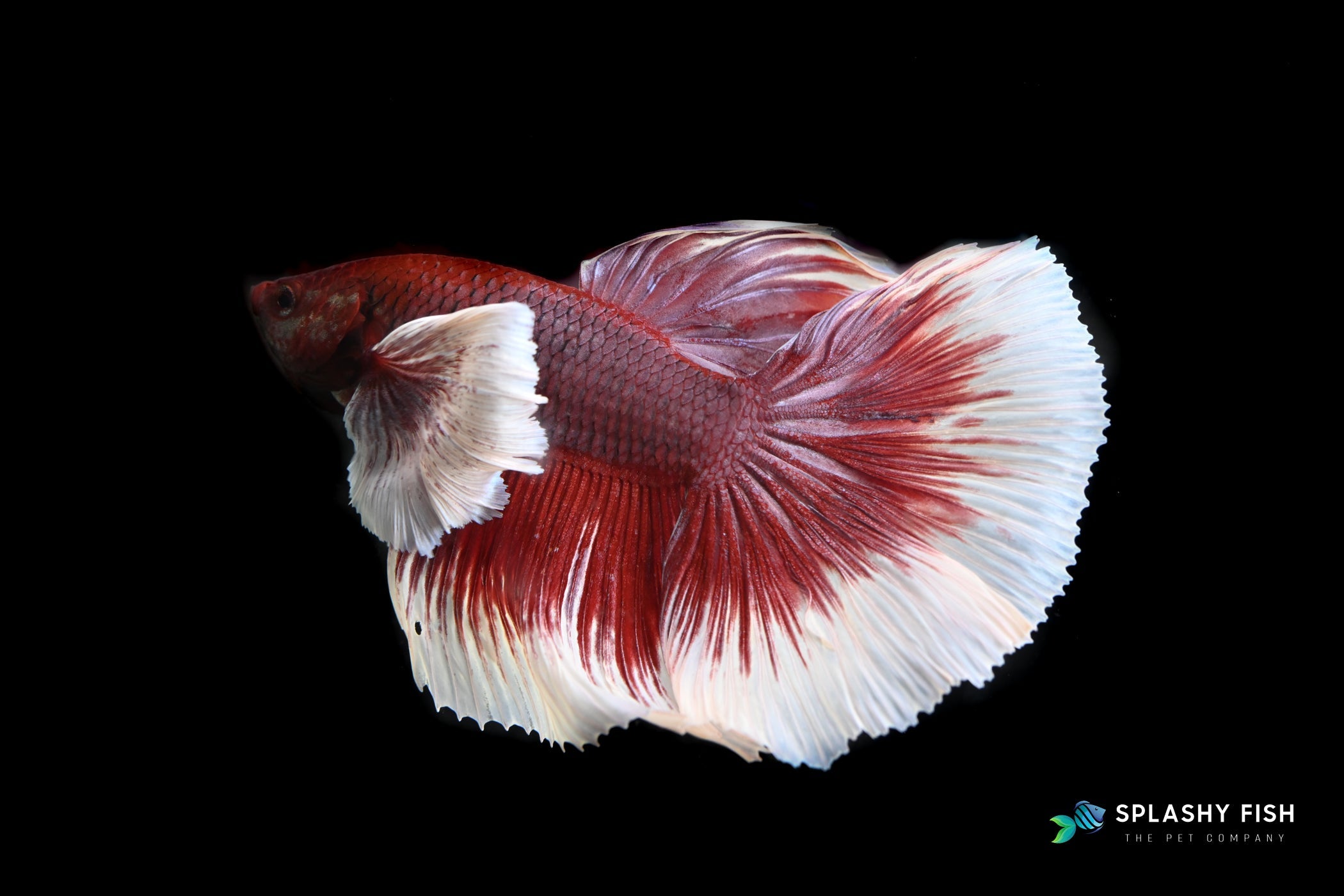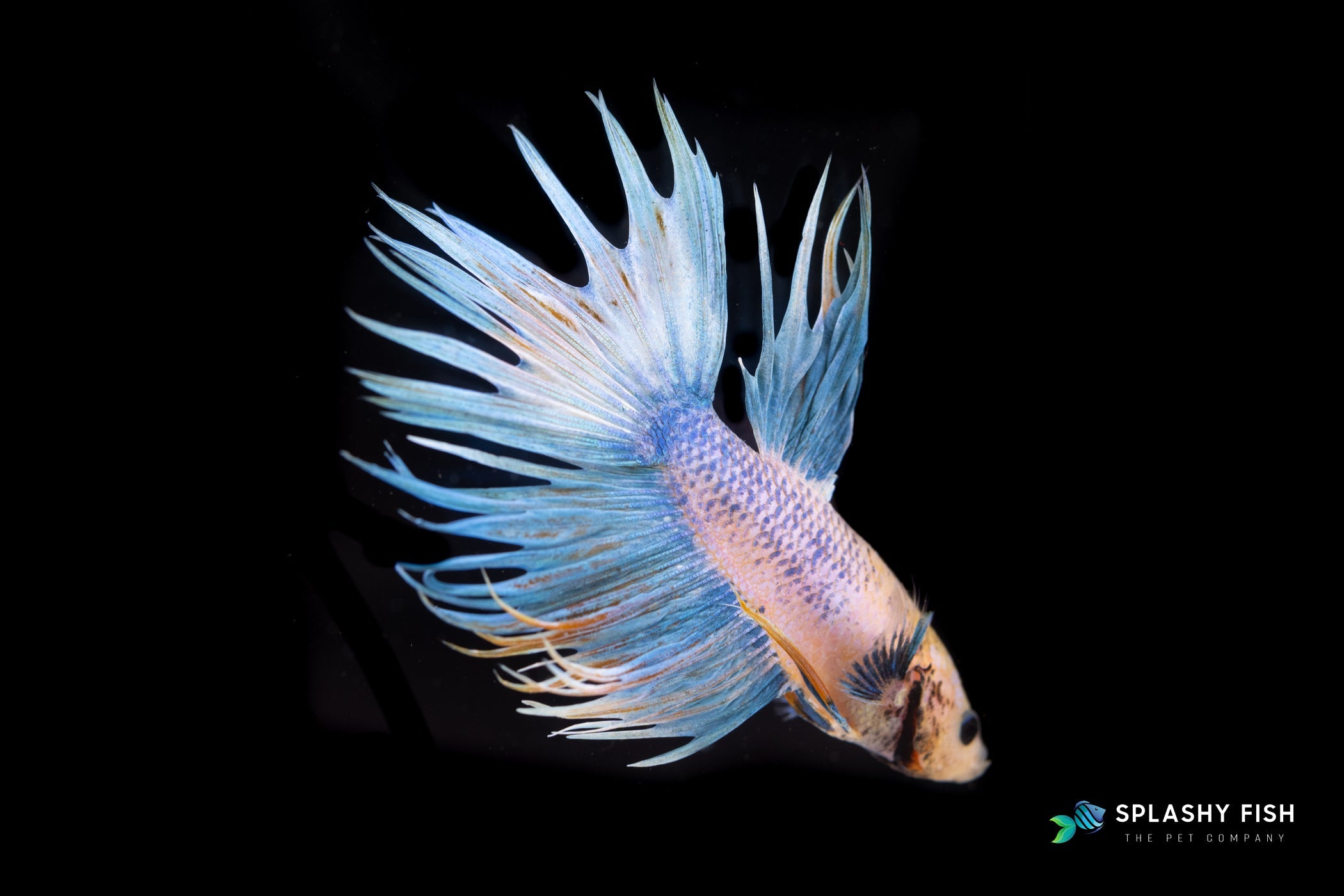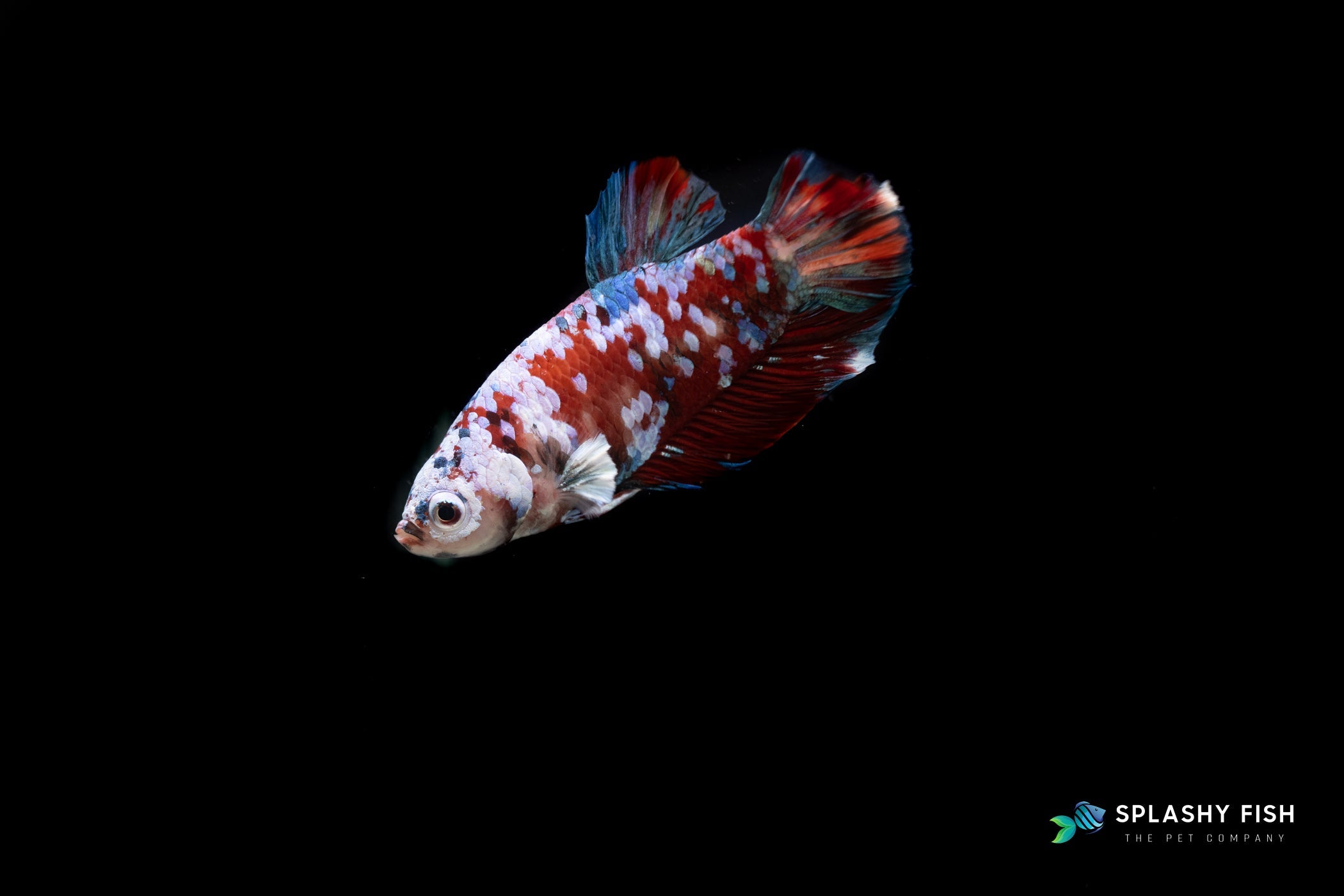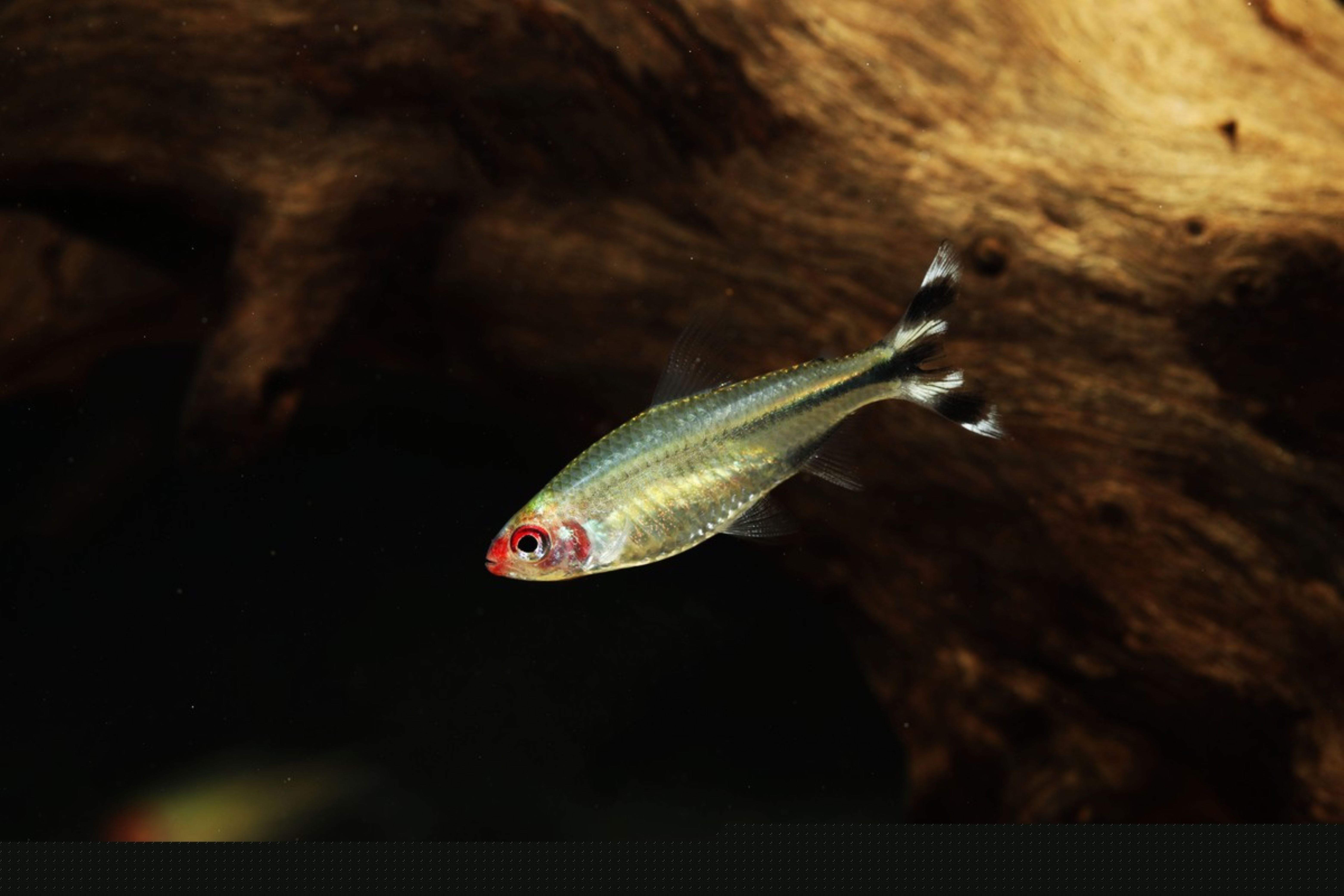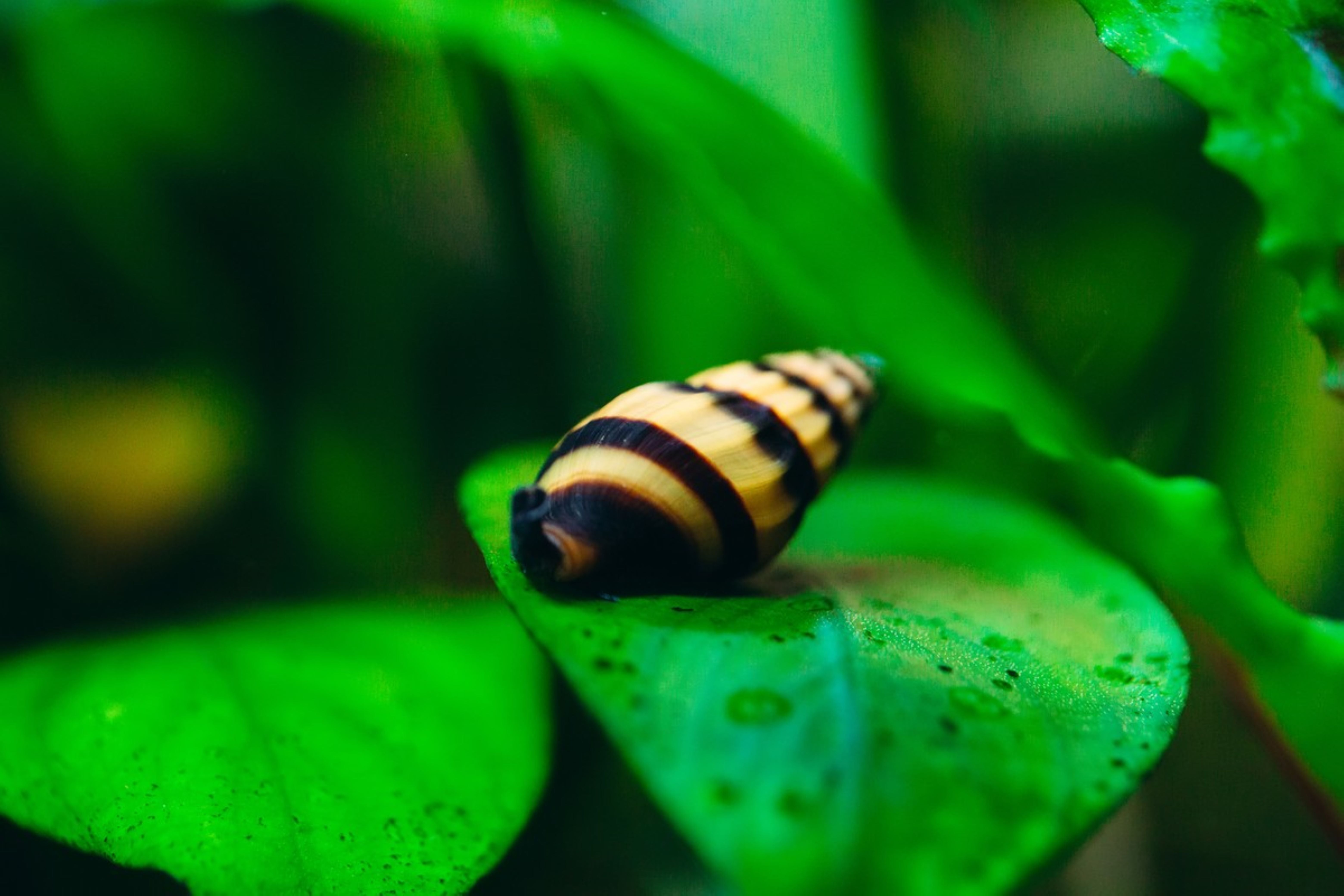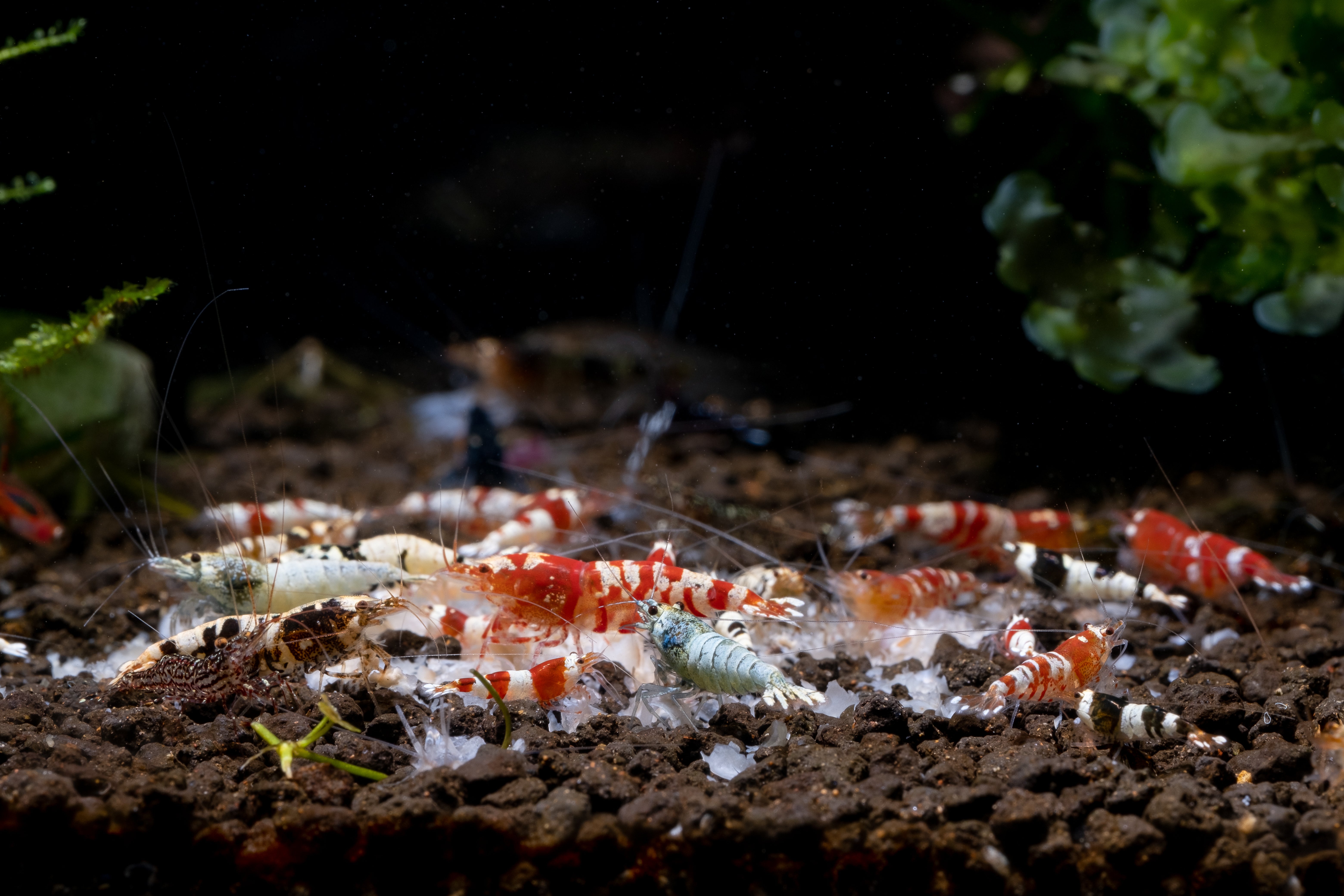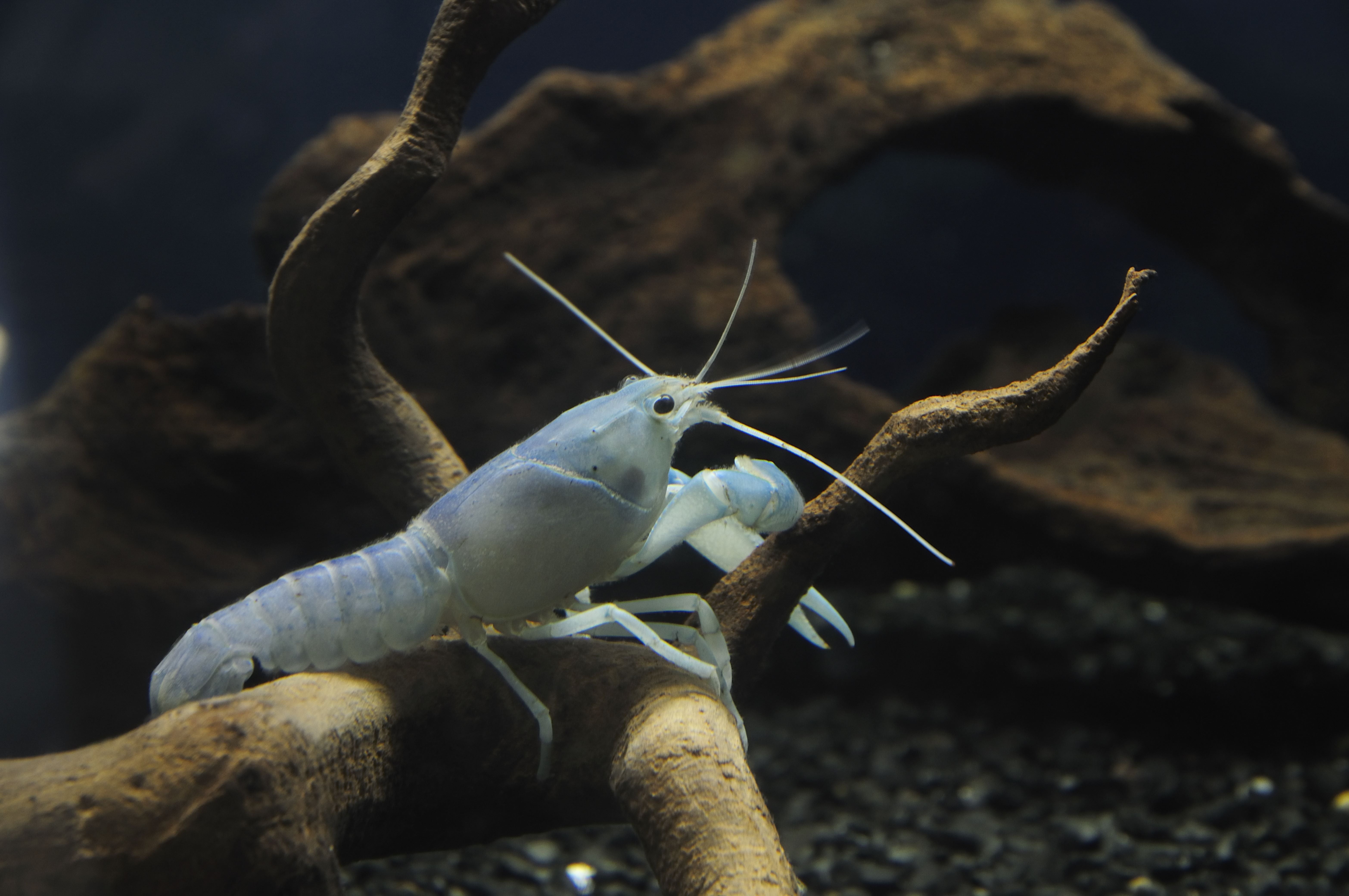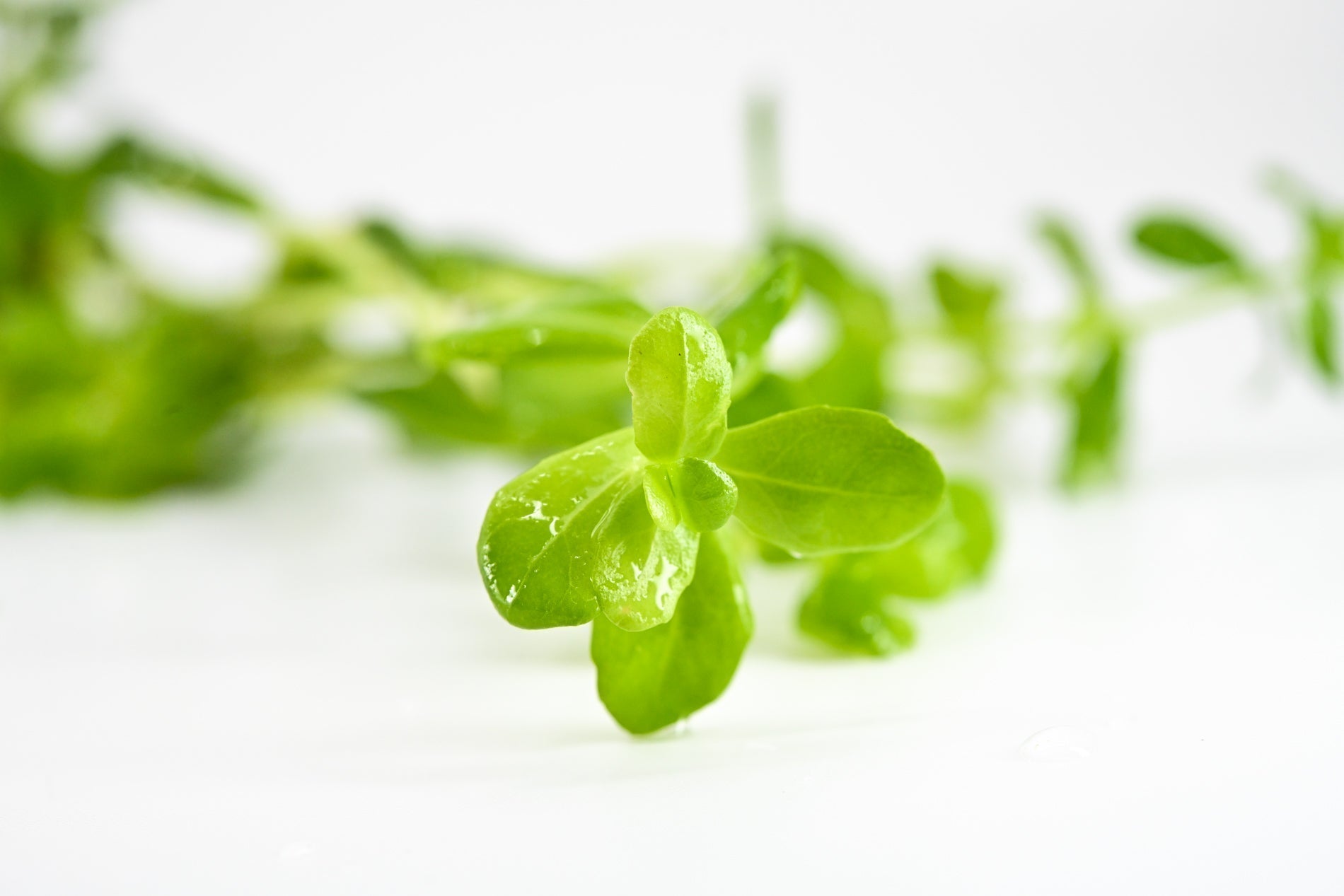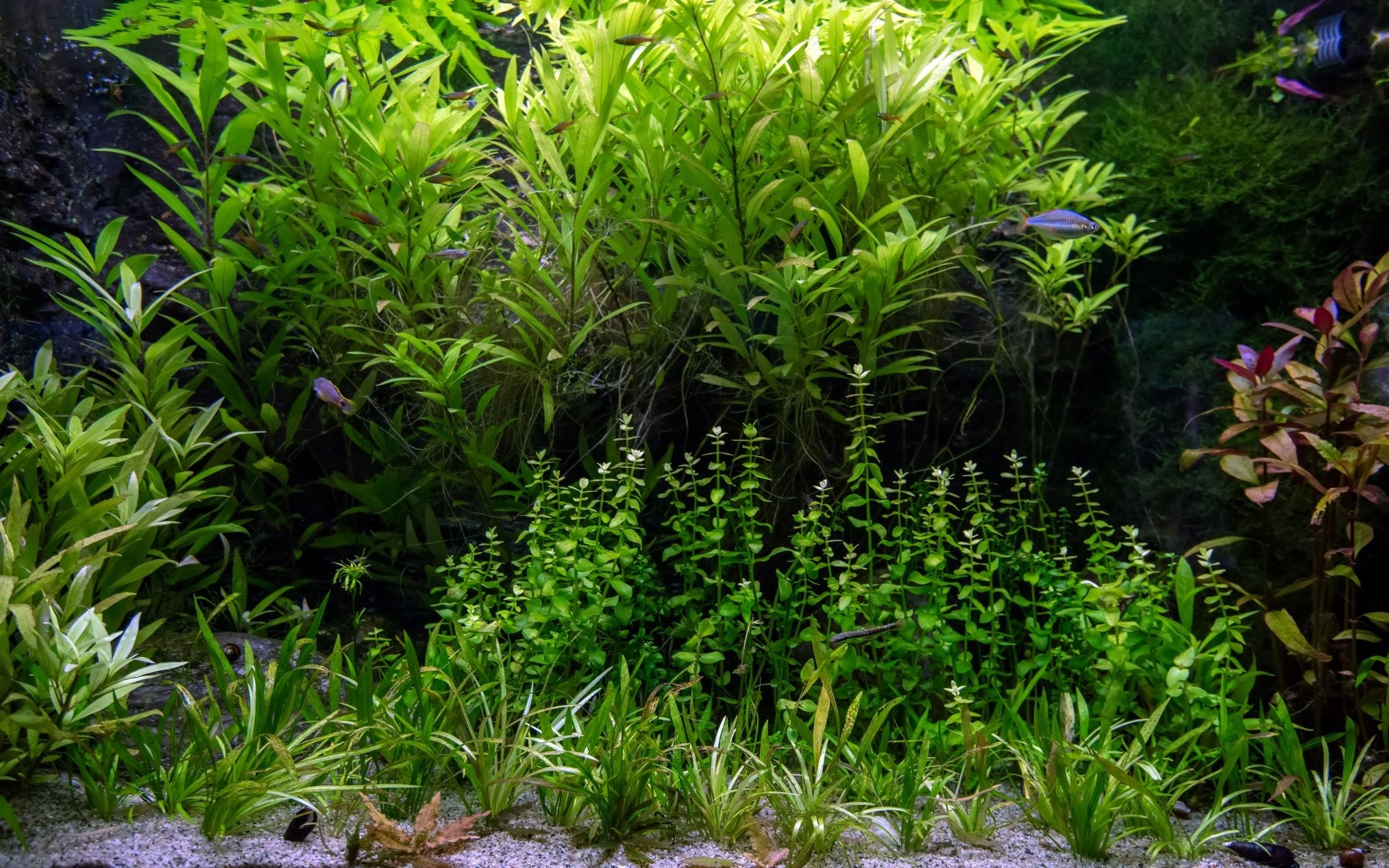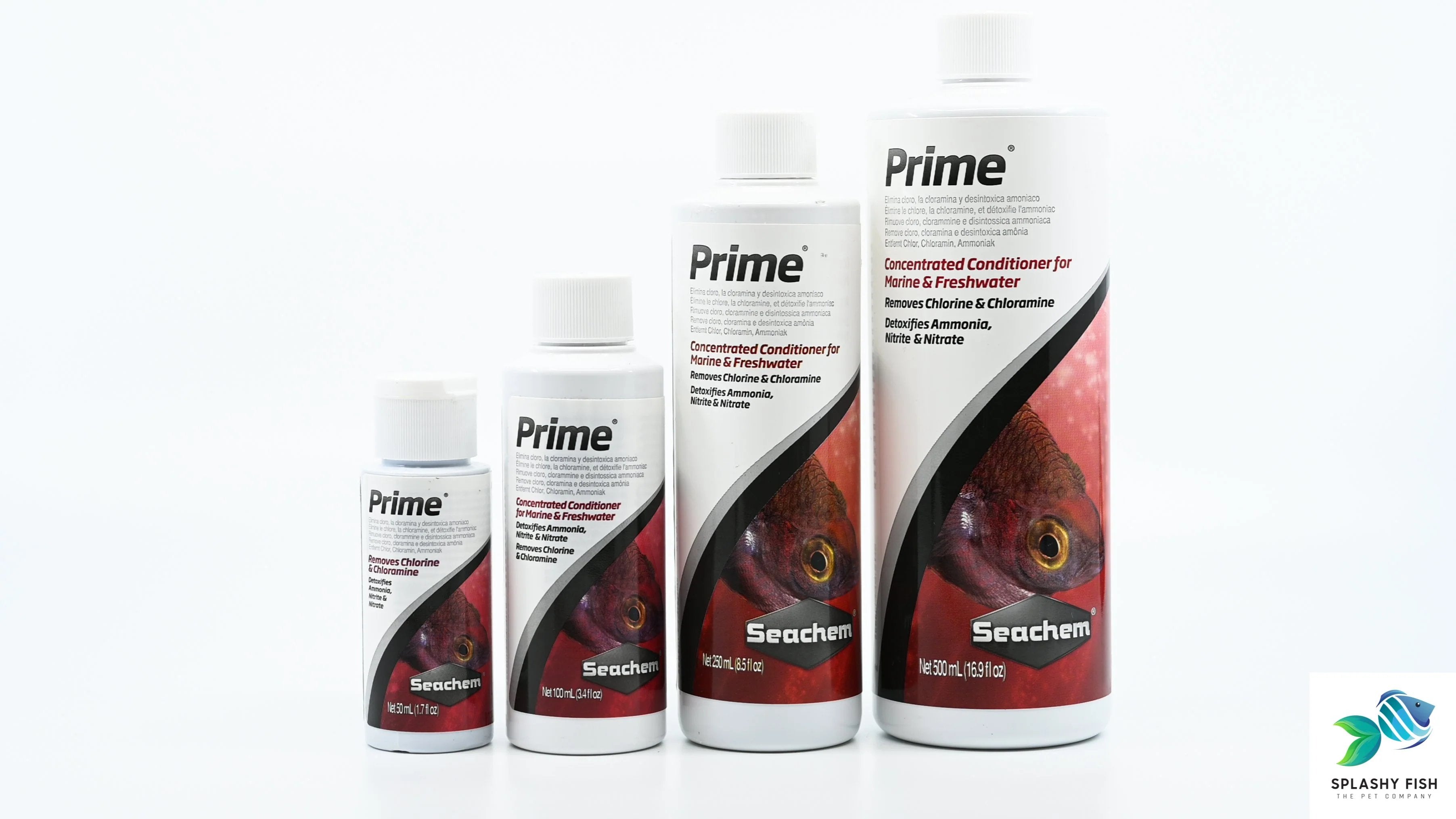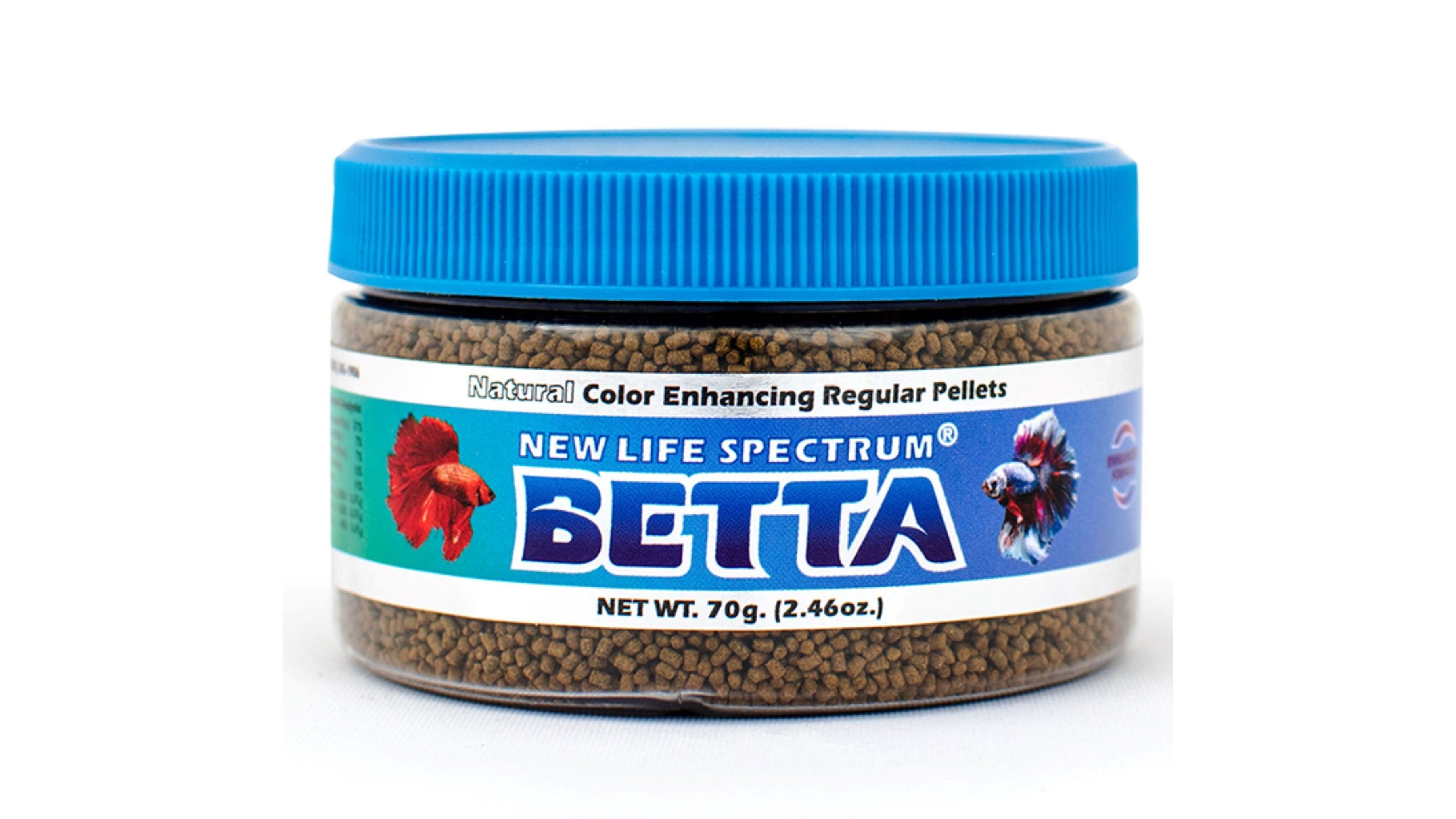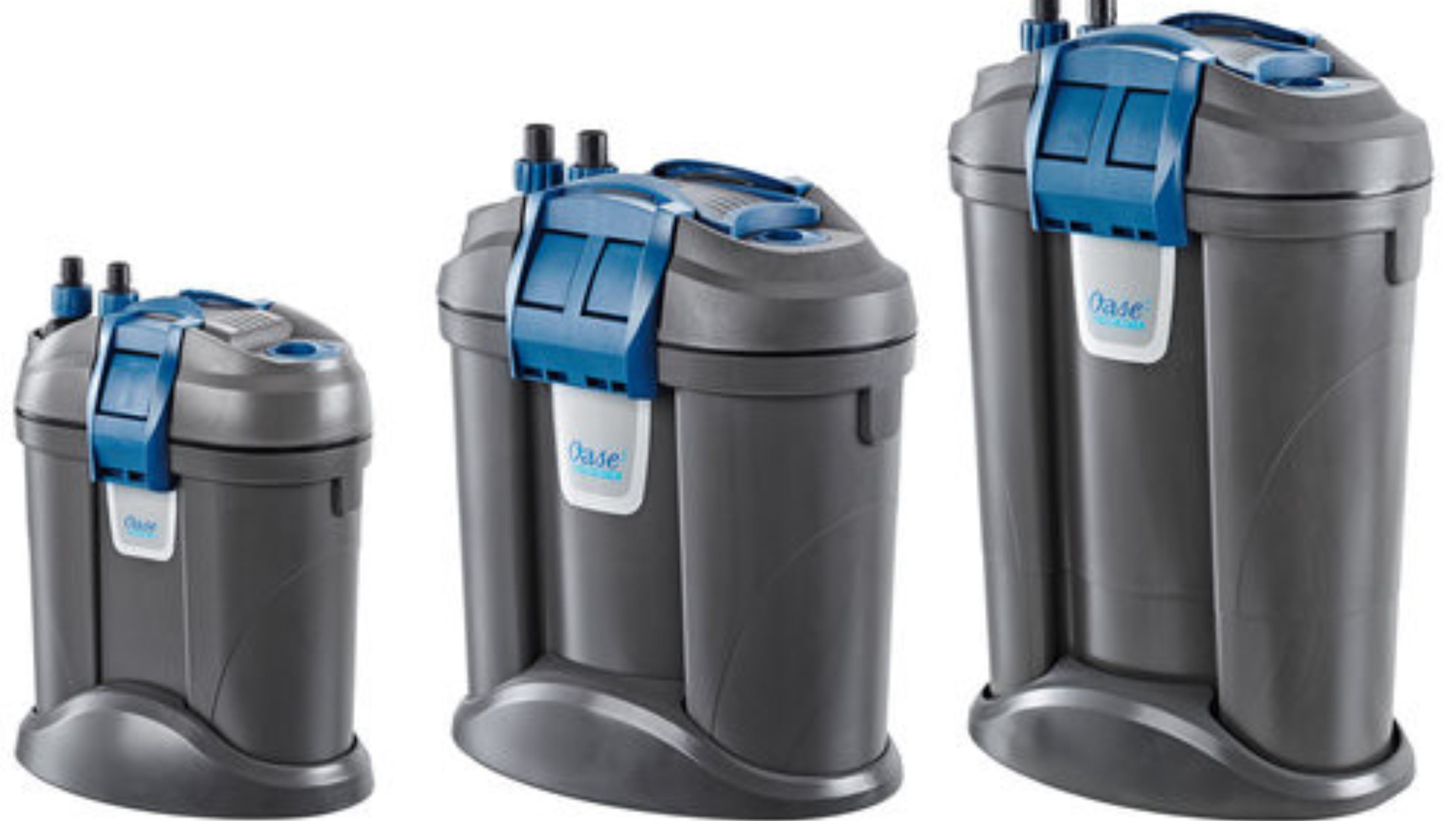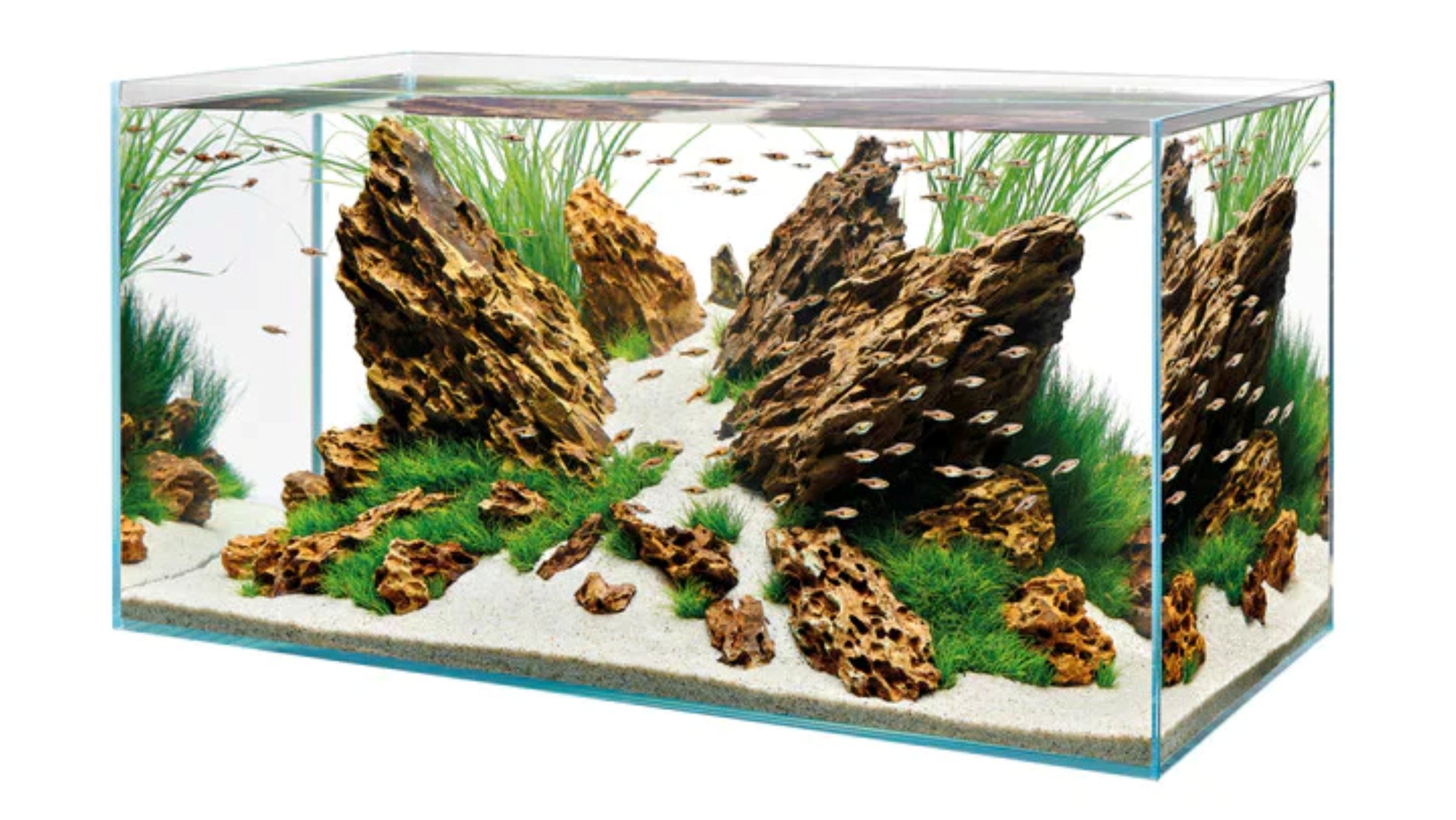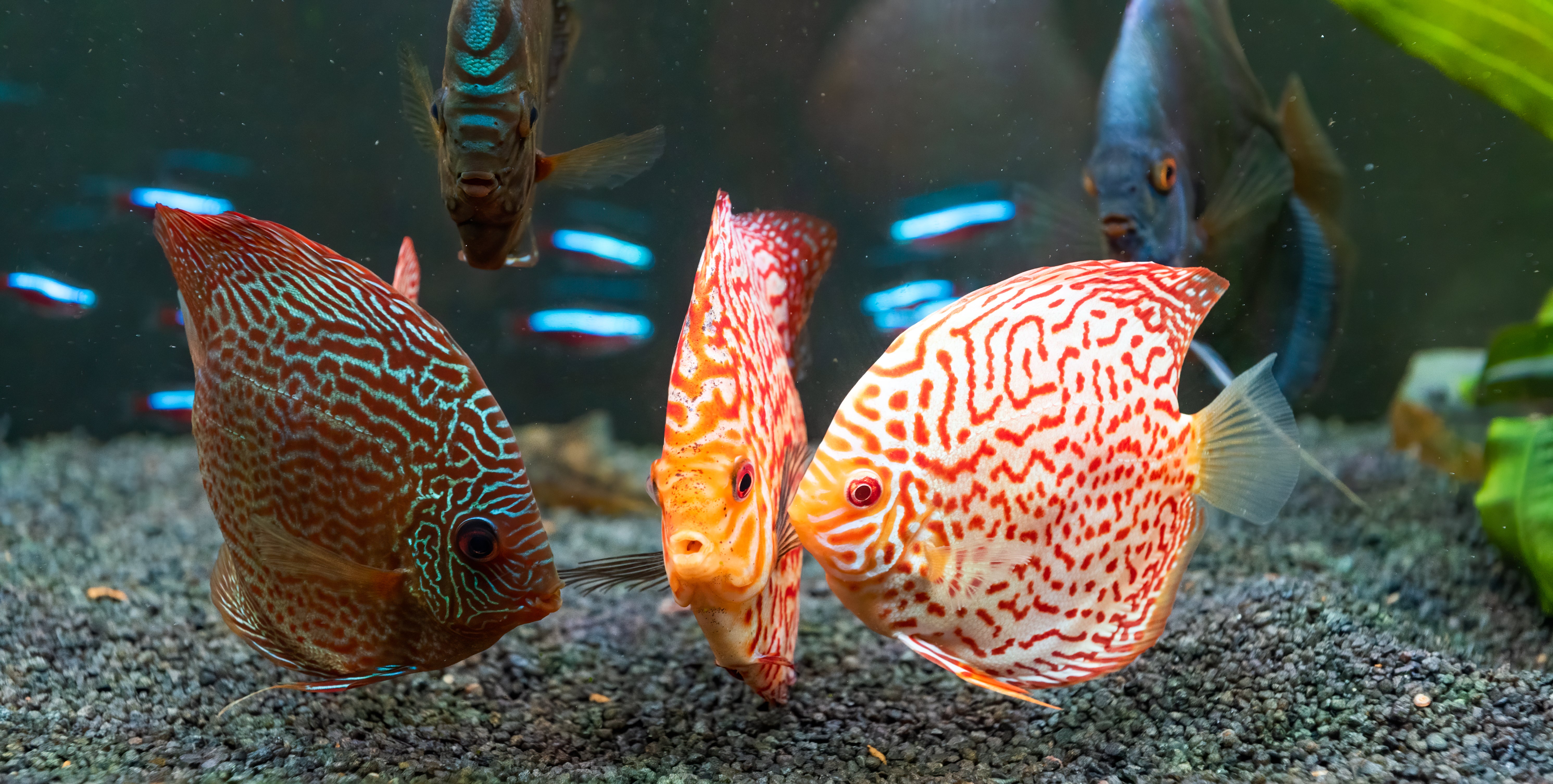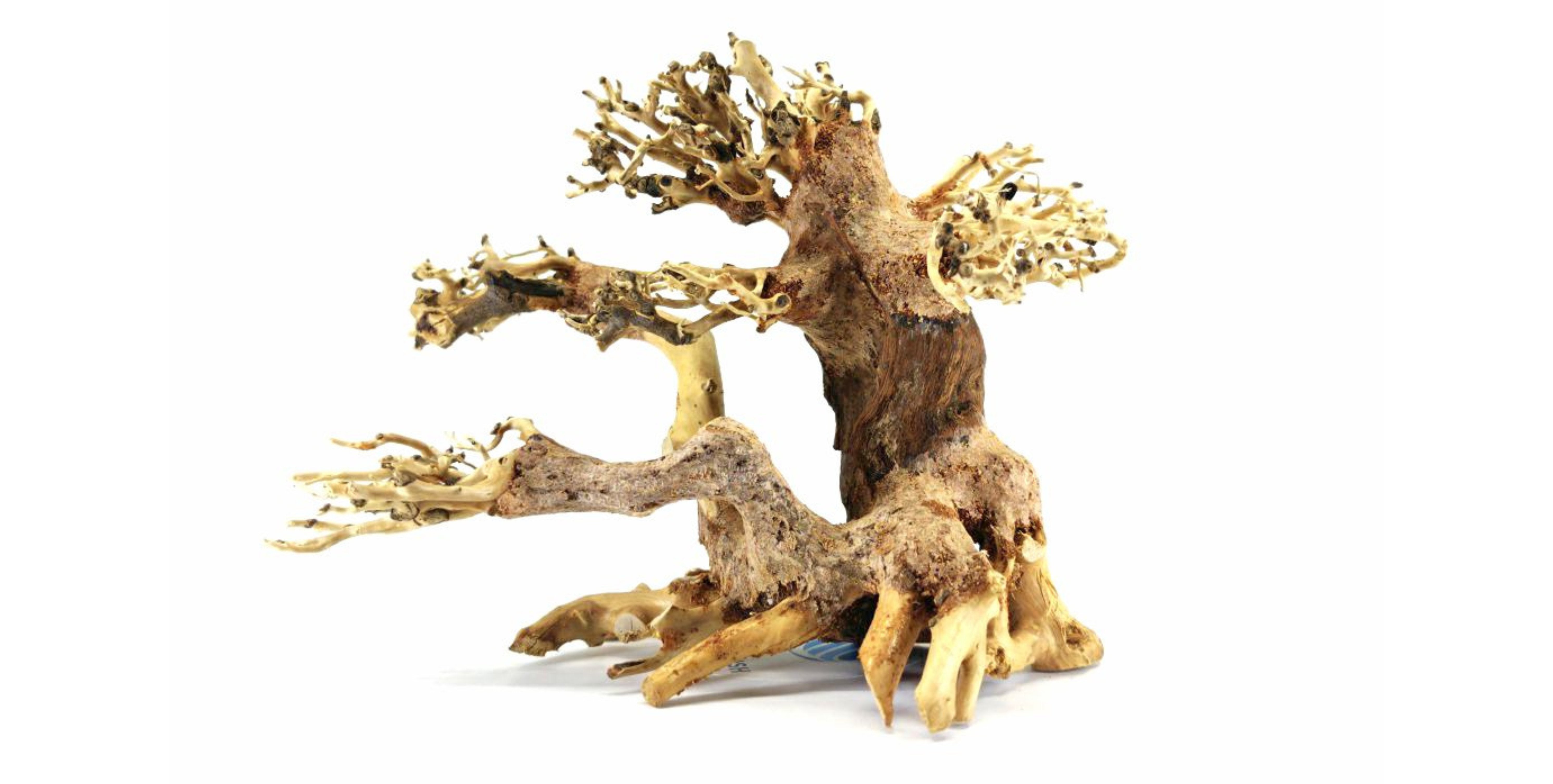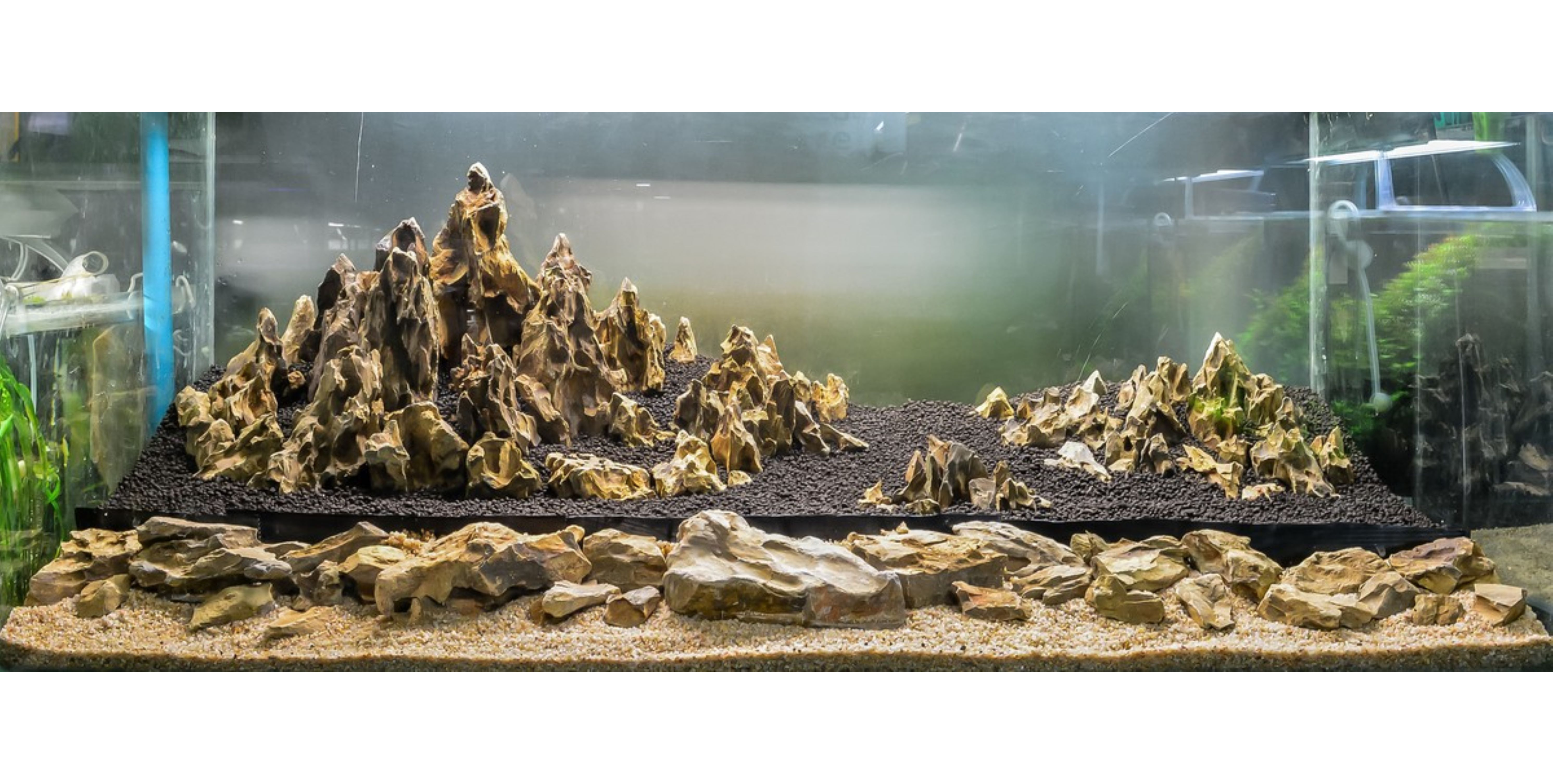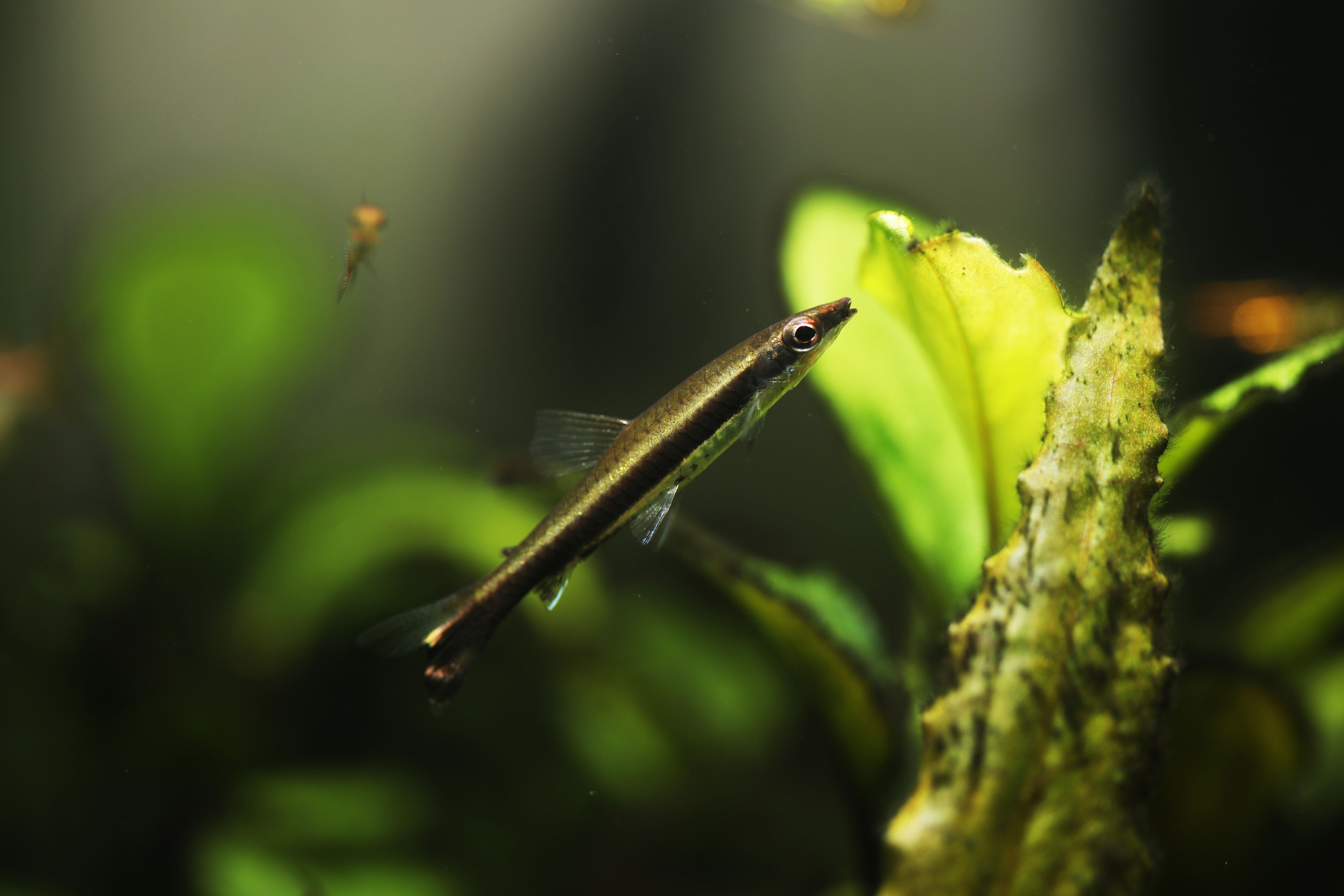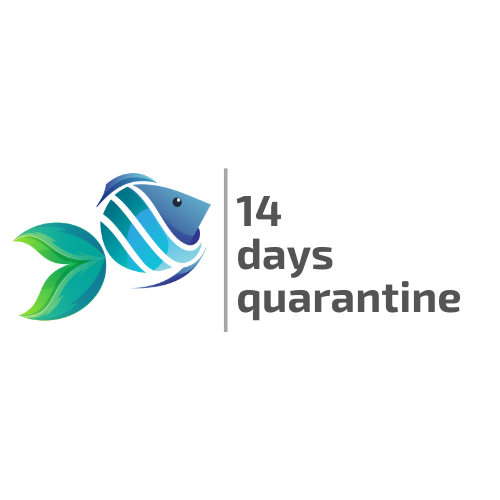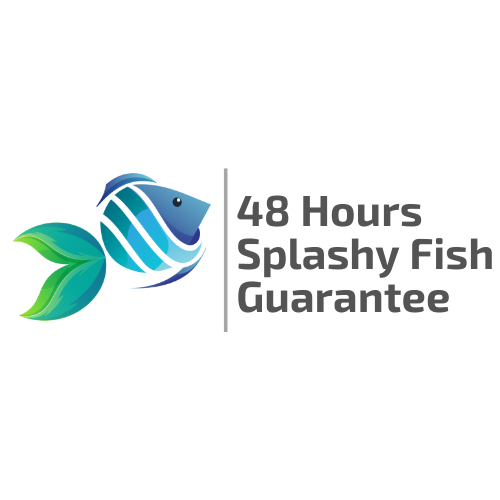Table of Contents
If you're looking to create a stunning and harmonious aquarium, pencilfish are a captivating choice that can bring life and color to your aquatic haven. With their delicate appearances and engaging behaviors, these small yet vibrant fish can enhance any community tank. However, ensuring they thrive requires more than just adding them to the water. In "The Ultimate Care Guide for Pencilfish", we'll delve into essential tips for their optimal care, including tank setup, compatible tank mates, and dietary needs. From understanding their natural habitat to providing the right environment, our guide is designed to equip you with all the knowledge necessary to foster a thriving aquarium. Dive in and discover the secrets to maintaining a flourishing aquatic ecosystem!
What Are Pencilfish?
Pencilfish belong to the genus Nannostomus, a name derived from Greek, meaning “small mouth.” These slender, torpedo-shaped fish originate from slow-moving rivers and blackwater streams in the Amazon Basin, including countries like Brazil, Peru, and Colombia.
They are known for their calm nature, schooling behavior, and unique posture. Some species, like the Diptail Pencilfish, swim at a slight upward angle near the surface, which adds a dynamic yet peaceful motion to the tank. Pencilfish are ideal for aquarists who enjoy observing natural group dynamics in a serene, planted aquarium environment.
Popular Pencilfish Types
There are many different pencilfish types, each with subtle variations in color, behavior, and size. Here are some of the most popular species in the aquarium hobby:
Beckford’s Pencilfish (Nannostomus beckfordi)
Beckford’s Pencilfish is one of the hardiest and most available pencilfish species. It features a golden body with a bold black horizontal stripe. Beckford’s Pencilfish is slightly larger and more active, growing up to 1.8 inches.
Diptail Pencilfish (Nannostomus eques)
Also known as the Hockeystick Pencilfish, this species is famous for its upward-swimming posture. It prefers the upper third of the tank and brings a unique motion dynamic, ideal for those seeking surface-dwelling fish.

Red Shining Pencilfish (Nannostomus nitidus)
With intense red coloration and bold black markings, the Red Pencilfish is one of the most beautiful but also more delicate species. It thrives in larger groups and in soft, tannin-rich water.
Dwarf Pencilfish (Nannostomus marginatus)
One of the smallest and most peaceful pencilfish types, the Dwarf Pencilfish rarely exceeds 1 inch in length. It features a delicate body with a gold-to-silver sheen and a dark horizontal stripe running from head to tail. Perfect for nano tanks and heavily planted aquariums, this species thrives in soft, acidic water and does best in groups of 8 or more. Its shy but active nature makes it ideal for quiet community setups.
Brown Pencilfish (Nannostomus unifasciatus)
This more subtle and peaceful species features a dark stripe down its body and thrives in blackwater aquariums. It prefers a quieter tank environment.

Create An Ideal Tank for Pencilfish
Tank Size
Even though pencilfish are small, they are schooling fish and need room to move. A group of 6-10 pencilfish should be kept in a tank of at least 15-20 gallons. The more room you provide, the better their social behavior and color display will be.
Lighting
Use moderate to low lighting to mimic their shaded natural habitats. Pairing this with floating plants like Duckweed or Water Wisteria will help them feel secure and reduce stress.
Filter
Pencilfish dislike strong currents. Use a gentle sponge filter, canister filter with spray bar, or internal filter set to low. High flow can stress these surface feeders, causing erratic swimming behavior.
Water Parameters
Pencilfish are adaptable but prefer soft, stable conditions:
- Temperature: 74-82°F (23-28°C)
- pH: 6.0-7.2 (slightly acidic is ideal)
- Hardness: 2-10 dGH
Adding Indian almond leaves, peat moss, or driftwood can help naturally lower pH and add tannins, creating the blackwater look they love.
What Do Pencilfish Eat?
Pencilfish are micro-predators in the wild, feeding on tiny insects, larvae, and zooplankton. In captivity, they accept a wide variety of foods but prefer small, soft offerings.
Recommended fish foods include:
- Micro pellets or nano granules
- Crushed flake food
- Frozen or live daphnia, brine shrimp, mosquito larvae
- Microworms and baby brine shrimp (for juveniles)
Feed small amounts 2-3 times daily. They are surface and mid-water feeders, so ensure food floats long enough for them to eat.
Pencilfish Breeding and Reproduction
Breeding pencilfish in captivity can be challenging but rewarding. Here's what you need to know:
- Use a separate breeding fish tank with soft, slightly acidic water (pH 6.0-6.5)
- Add fine-leaved plants or spawning mops
- Condition a pair with high-protein live food
- Spawning typically happens early in the morning
- Eggs are scattered and may be eaten by adults, so remove the pair post-spawning
- Fry hatch in ~24-36 hours and can be fed infusoria or powdered fry food
Raising pencilfish fry requires patience and frequent small water changes, but successful breeding is a sign of excellent care.

Tank Mates and Compatibility of Pencilfish
Pencilfish are peaceful, social fish that thrive in groups. Keeping them in schools of at least six or more helps them feel safe and encourages more natural movement. They often swim near the surface or midwater layers, depending on the species.
Ideal Tank Mates:
- Tetras such as Neon Tetras, Ember Tetras
- Corydoras catfish
- Otocinclus
- Kuhli loaches
- Peaceful dwarf gouramis
- Red Cherry Shrimp or Amano shrimp
Tank Mates to Avoid:
- Aggressive or fin-nipping fish (e.g., tiger barbs)
- Large predatory cichlids
- Fast, boisterous species that compete for food
Pencilfish are shy and do best in calm tanks with similarly peaceful fish.
Live Plants for Pencilfish Tank
Adding live plants to your pencilfish tank not only enhances aesthetics but also provides shelter, reduces stress, and mimics their natural habitat.
Recommended aquatic plants:
- Amazon Sword: excellent for background cover
- Java Moss: great for breeding and fry hiding
- Anubias: hardy and low maintenance
- Floating plants: like Salvinia or Frogbit for light diffusion
- Cryptocoryne: adds diversity and soft structure to the tank
Live aquatic plants also help maintain water quality by absorbing nitrates and offering a natural filtration system, creating a stable environment for pencilfish.
Conclusion
Pencilfish are a truly rewarding addition to any freshwater aquarium, offering elegance, vibrant schooling behavior, and peaceful compatibility with other fish. Their slender bodies, subtle coloration, and graceful movement add a natural charm that few other species can match. Whether you're drawn to the striking posture of Diptail Pencilfish, the golden hues of Beckford’s, or the vivid red of Red Pencilfish, there's a perfect pencil fish species for every aquascape.
By providing the right tank size, stable water parameters, soft lighting, and a well-planted environment, your pencilfish will thrive and display their most natural, engaging behaviors. Don't forget to keep them in proper schools, offer a protein-rich diet, and consider peaceful tank mates to create a stress-free, harmonious setup.
Visit us to buy these freshwater fish for sale online or at our Splashy Fish aquarium store in Virginia for more other betta fish for sale, freshwater shrimp for sale, aquarium plants for sale, and aquarium supplies.
Pencilfish Care Frequently Asked Questions (FAQs)
How many Pencilfish should be kept together?
Pencilfish are schooling fish and should be kept in groups of at least 6 or more. Larger groups reduce stress, encourage natural behavior, and bring out their best coloration. In smaller groups, they may become shy or withdrawn.
Are Pencilfish aggressive?
No, pencilfish are not aggressive. They are known for their gentle and peaceful behavior, making them great for community tanks. However, they may become timid if kept with aggressive tank mates or in small numbers.
How long do Pencilfish live in fish tank?
With proper care, pencilfish can live for 3 to 5 years. Key to their longevity is stable water quality, a balanced diet, and maintaining a calm, well-planted environment. Frequent water changes and group housing also contribute to a healthier, longer life.


